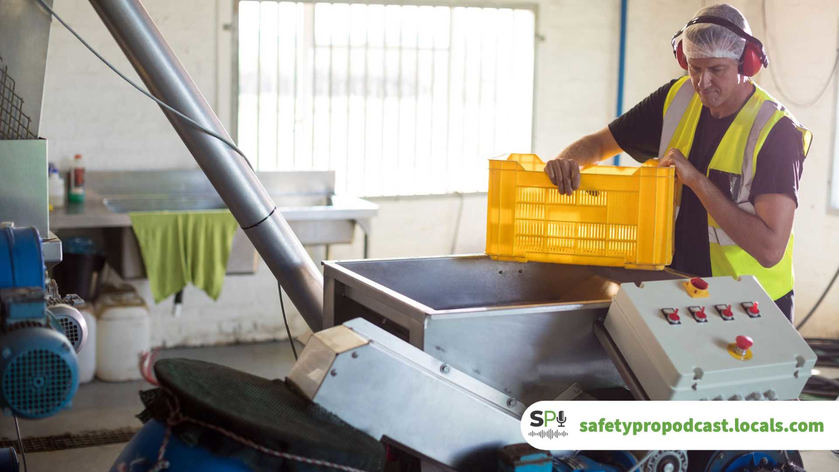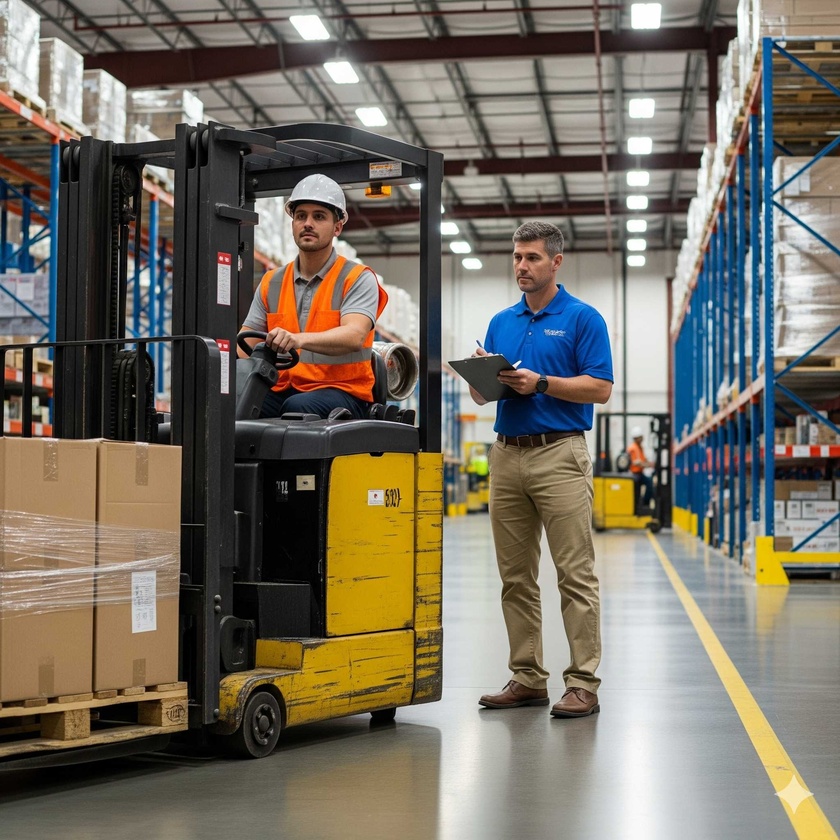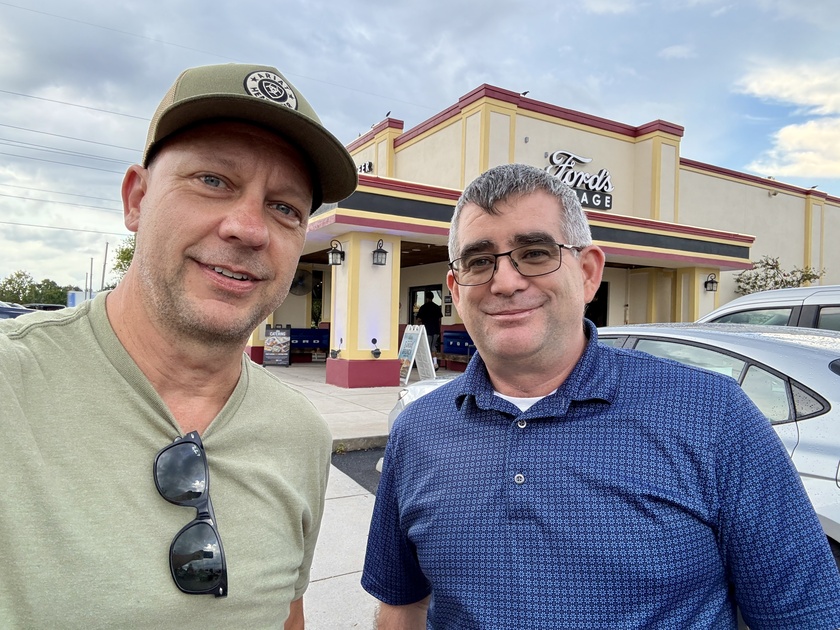As a workplace safety professional, you have a vital responsibility to help ensure the business provides for the safety and well-being of your colleagues. Human factors, a field that draws from multiple disciplines, aims to understand human capabilities, limitations, and behaviors to develop work environments prioritizing safety, efficiency, and productivity. By taking a human-centric approach, you can establish a workplace culture where everyone can flourish while maintaining high safety standards. In this article, we will delve into the fundamentals of human factors and their crucial role in optimizing workplace safety. We will also examine two frequently underestimated areas: Cognitive and Social Factors.
Human factors, or ergonomics, delves into the interaction between humans and their work environment. It considers various aspects, including physical, cognitive, social, and organizational factors, to enhance performance, prevent accidents, and mitigate hazards in the workplace.
Human Factors is about making something easy to do right, hard to do wrong - Alexander Paradies from TapRooT®
Physical Factors: This is probably what most people think about when they hear Human Factors. The physical aspects of human factors encompass the design and layout of workstations, tools, and equipment. It involves considering factors such as proper lighting, comfortable seating, appropriate heights and distances, and ergonomic design to minimize the risk of musculoskeletal disorders and repetitive strain injuries. You can prevent unnecessary strain and discomfort by ensuring the physical environment aligns with human capabilities.
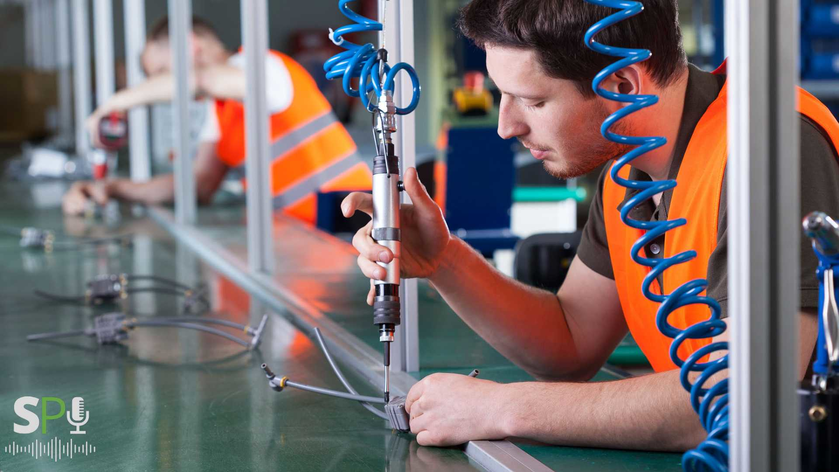
Organizational Factors: Organizational factors encompass policies, procedures, and management systems that influence safety. Clear protocols, comprehensive training programs, and proactive hazard identification and mitigation strategies are vital components of a robust culture. By implementing effective safety management systems, you can establish a framework that promotes adherence to safety protocols and fosters continuous improvement.
Cognitive Factors: Now, let's explore the cognitive factors that human factors engineering addresses. Our minds are vital in our daily tasks, decision-making, and problem-solving abilities. By optimizing the design of interfaces, providing clear instructions, and minimizing distractions, we can reduce cognitive overload and enhance attention. Imagine having intuitive software interfaces, well-organized information, and effective training programs that support your mental processes. These factors promote better decision-making and minimize the chances of errors or accidents caused by information overload or confusion.
Let's delve deeper into this aspect of human factors engineering and their significance in optimizing workplace safety.
- Attention and Information Processing: Attention is a limited resource, and distractions are abundant in today's fast-paced work environments. Human factors engineering addresses this challenge by designing workspaces and processes that minimize distractions and support focused attention. For example, organizing workstations to reduce visual and auditory distractions, implementing noise control measures, and providing quiet areas for concentrated tasks can significantly enhance attention and information processing. Human factors engineering helps reduce errors and accidents resulting from inattention or information overload by optimizing your ability to focus on critical tasks.
- Decision-Making and Problem-Solving: Effective decision-making and problem-solving are essential for maintaining workplace safety. Human factors engineering recognizes the cognitive processes involved in these tasks and aims to support individuals in making accurate and timely decisions. Intuitive interfaces, clear instructions, and accessible information enable you to assess situations, evaluate risks, and make informed choices. By minimizing cognitive load and providing the necessary tools and resources, human factors engineering empowers you to navigate complex situations and confidently make sound decisions prioritizing safety.
- Mental Models and Situational Awareness: Mental models represent how individuals perceive and understand their work environment. Situational awareness refers to your ability to perceive and comprehend critical elements of your surroundings, anticipate potential risks, and make appropriate decisions. Human factors engineering emphasizes the development of accurate mental models and situational awareness through effective training, clear communication, and well-designed information displays. By aligning your mental models with the real-world context and providing relevant and timely information, human factors engineering enhances your ability to anticipate and respond to safety-related situations effectively.
- Training and Skill Development: Human factors engineering recognizes that effective training is vital in ensuring workplace safety. Training programs designed with cognitive factors in mind can significantly impact your ability to perform tasks safely and efficiently. By incorporating instructional techniques that align with how humans learn and retain information, such as hands-on practice, simulations, and feedback, human factors engineering optimizes acquiring and retaining critical safety-related skills. It also considers individuals' varying cognitive abilities and experience levels, ensuring that training programs are accessible and tailored to meet diverse learning needs.
- Stress and Mental Well-being: Work-related stress and its impact on mental well-being are important considerations within human factors engineering. Excessive workload, time pressure, and inadequate support can lead to increased stress levels, potentially impairing cognitive functions and jeopardizing safety. Human factors engineering addresses this issue by designing work environments that promote a healthy work-life balance, encourage breaks, and provide support systems for managing stress. By reducing stressors and fostering mental well-being, human factors engineering enhances cognitive abilities, decision-making, and overall performance, leading to a safer and more positive work environment.
Cognitive factors are crucial aspects of human factors engineering that directly impact workplace safety. By optimizing attention, decision-making, problem-solving, mental models, situational awareness, training, and mental well-being, human factors engineering empowers you to perform your tasks with greater efficiency, accuracy, and safety.
By considering and addressing the cognitive factors in your work environment, you can create a workplace that supports your cognitive capabilities and enhances overall safety and performance. Embrace the principles of human factors engineering and unlock the full potential of your cognitive abilities in the pursuit of workplace safety.
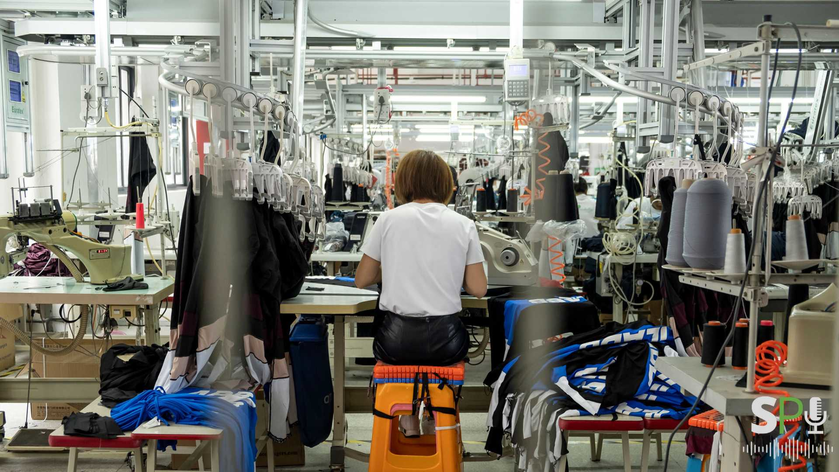
Social Factors: Humans are social beings, and the social environment within a workplace greatly impacts safety. Effective communication, teamwork, leadership, and organizational culture play significant roles in ensuring a safe work environment. Encouraging open lines of communication, fostering a positive culture, and providing opportunities for training and collaboration can all contribute to a safer and more harmonious workplace.
Let's dive deeper into the social factors of human factors engineering and their crucial role in optimizing workplace safety.
- Effective Communication: Effective communication is the cornerstone of a safe work environment. Human factors engineering emphasizes the importance of clear and open lines of communication among team members, supervisors, and management. It promotes standardized communication protocols, such as clear verbal instructions, written documentation, and visual cues, to ensure that information is accurately conveyed and understood. By fostering effective communication practices, human factors engineering helps prevent misunderstandings, reduces the risk of errors, and promotes a shared understanding of safety-related information.
- Teamwork and Collaboration: Safety in the workplace is a collective responsibility. Human factors engineering recognizes the value of teamwork and collaboration in maintaining a safe work environment. It promotes a culture where individuals actively engage in teamwork, support one another, and contribute to safety initiatives. By encouraging collaboration, sharing best practices, and fostering a sense of collective ownership over safety, human factors engineering creates an environment where everyone feels empowered to identify hazards, suggest improvements, and work together to mitigate risks.
- Leadership and Supervision: Effective leadership is pivotal in ensuring workplace safety. Human factors engineering recognizes the importance of competent and proactive leaders who prioritize safety and act as role models for their teams. Strong leadership sets clear expectations, promotes safety, and provides support and resources to maintain a safe work environment. By cultivating effective leadership and supervision, human factors engineering helps establish a safety-conscious atmosphere where individuals feel supported and motivated to prioritize safety in their daily activities.
- Organizational Culture: Organizational culture shapes workplace attitudes, values, and behaviors. Human factors engineering emphasizes the importance of developing a strong culture permeating every organization level. A strong culture encourages individuals to actively participate in safety initiatives, report hazards, and seek continuous improvement. By aligning organizational goals with safety objectives, promoting open communication, recognizing and rewarding safety-related behaviors, and fostering a sense of accountability, human factors engineering establishes a culture where safety is embedded into the organization's fabric.
- Training and Education: Human factors engineering recognizes the need for comprehensive programs addressing social factors. These programs emphasize teamwork, effective communication, conflict resolution, and leadership skills. By equipping individuals with the necessary social skills, human factors engineering enhances the effectiveness of safety-related interactions, promotes a supportive work environment, and reduces the potential for misunderstandings or breakdowns in communication that could compromise safety.
Social factors are integral to human factors engineering and have a significant impact on workplace safety. By fostering effective communication, promoting teamwork and collaboration, nurturing strong leadership, cultivating a strong culture, and providing relevant training and education; human factors engineering creates a social environment that supports and prioritizes safety. By embracing these social factors, workplace safety professionals can create an atmosphere where individuals feel valued, engaged, and empowered to contribute to a safe and productive work environment actively. Remember, safety is a collective effort, and by optimizing the social factors, you can build a workplace where everyone looks out for one another and thrives together.
Integrating human factors into workplace safety practices offers numerous benefits for employees and organizations. Here are some key advantages:
- Injury Prevention: By understanding human capabilities and limitations, you can identify potential hazards and design work environments that minimize the risk of accidents and injuries. From optimizing equipment placement to reducing physical strain, human factors can help prevent work-related incidents and their associated costs.
- Enhanced Efficiency and Productivity: When you tailor work environments to the needs of employees, their efficiency and productivity soar. Ergonomically designed workstations and equipment reduce fatigue and discomfort, allowing individuals to perform tasks more effectively. Improved cognitive support and reduced mental load also lead to faster decision-making and better problem-solving.
- Improved Employee Well-being: Investing in human factors promotes employee well-being by reducing physical and mental stressors, which in turn, can enhance job satisfaction, reduce absenteeism, and contribute to a positive work environment.
- Compliance and Risk Mitigation: Integrating human factors into safety practices demonstrates a commitment to compliance and risk management. Organizations can reduce legal liabilities and ensure regulatory compliance by aligning with established ergonomic guidelines and standards.
Conclusion: Human factors form a vital pillar in workplace safety, offering a holistic approach to enhancing the well-being of employees and optimizing organizational performance. By considering physical, cognitive, social, and organizational factors, workplace safety professionals can create environments that minimize risks, promote productivity, and prioritize employee satisfaction. Remember, you are at the forefront of making a positive impact on the lives of your colleagues. Embrace human factors and unlock your organization's full workplace safety potential.

Blaine J. Hoffmann has been in the occupational safety & health industry for over 27 years. He is the producer and host of The SafetyPro Podcast and founded the SafetyPro Podcast Community Site.

